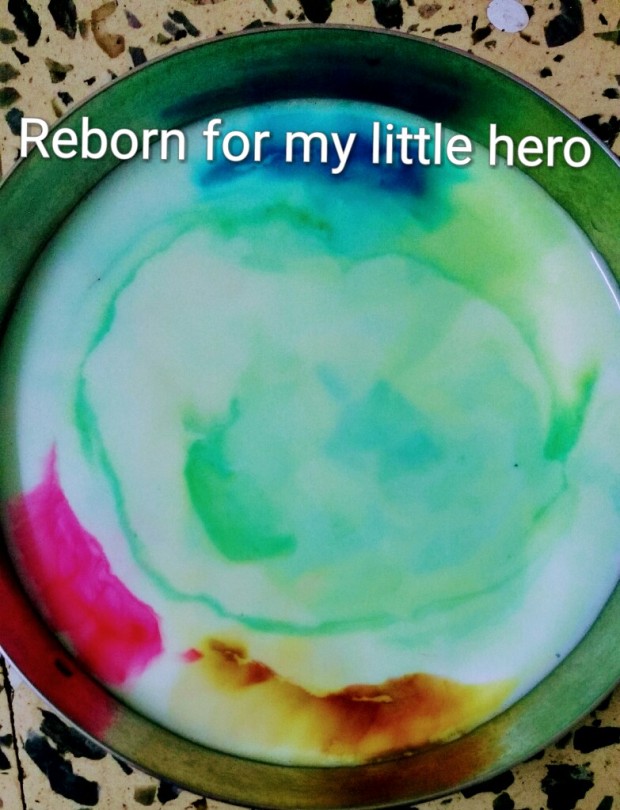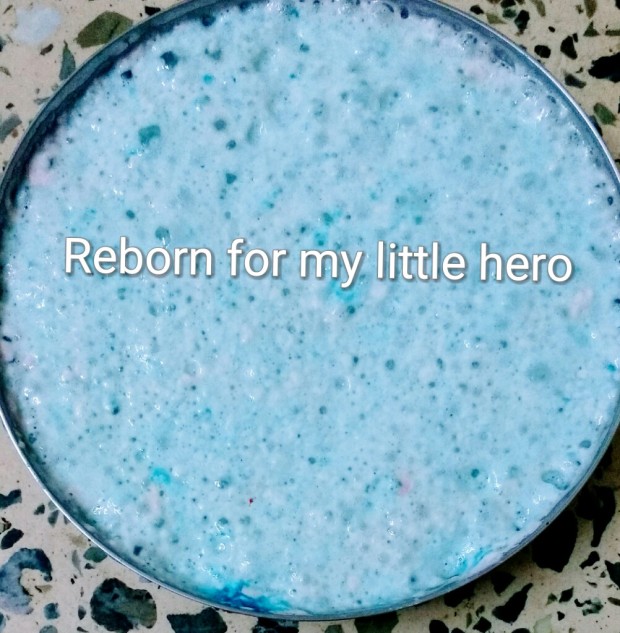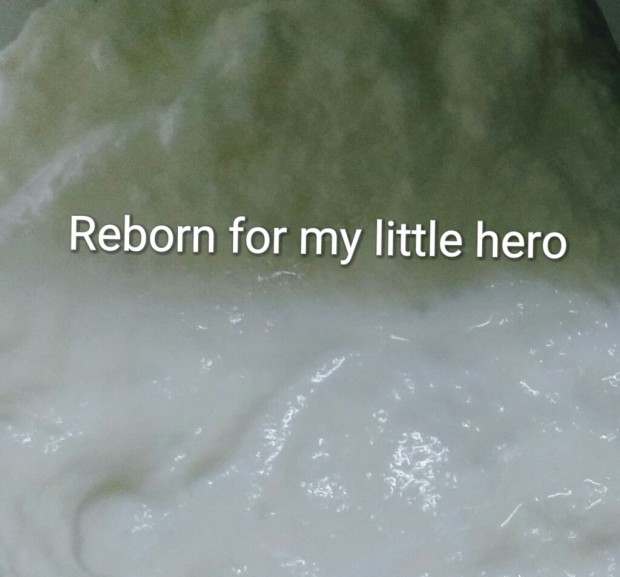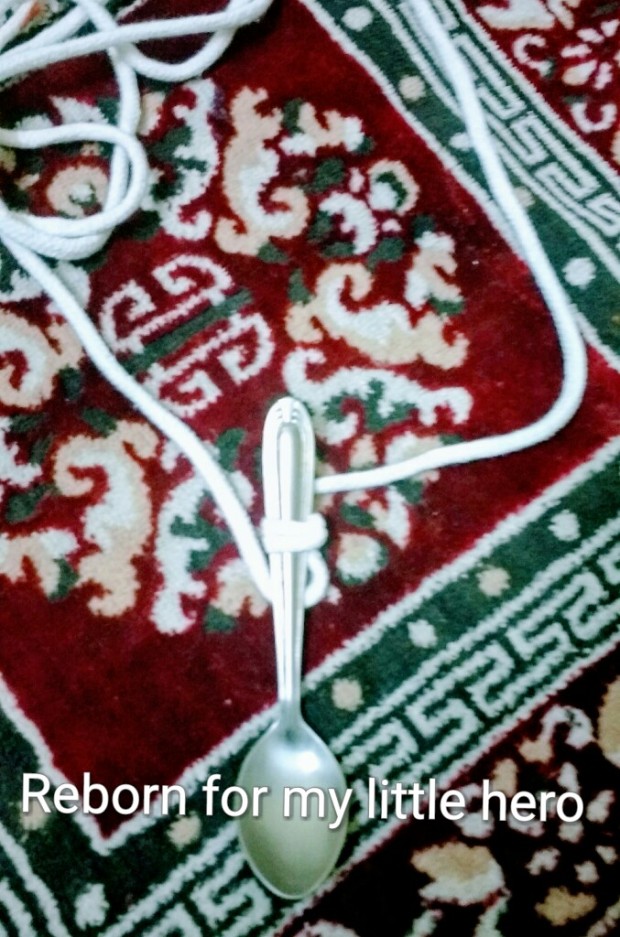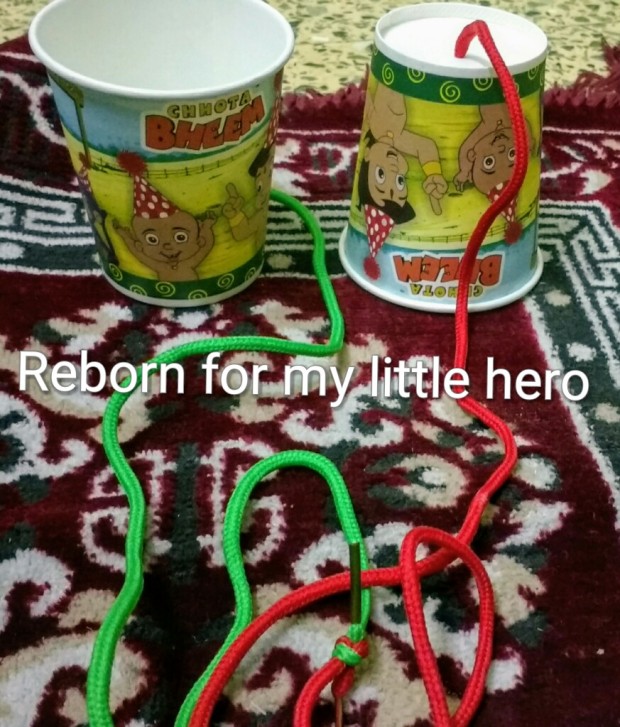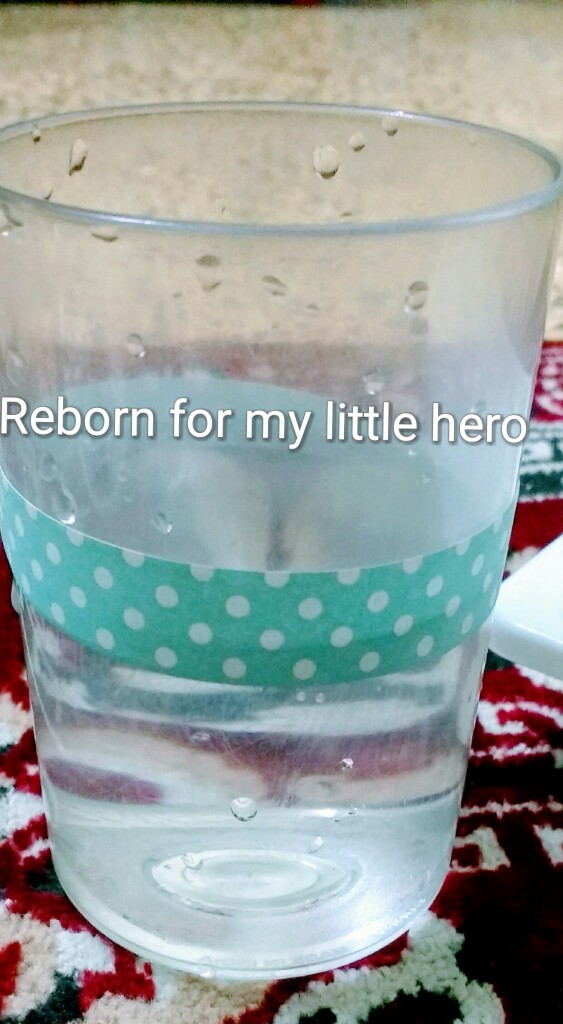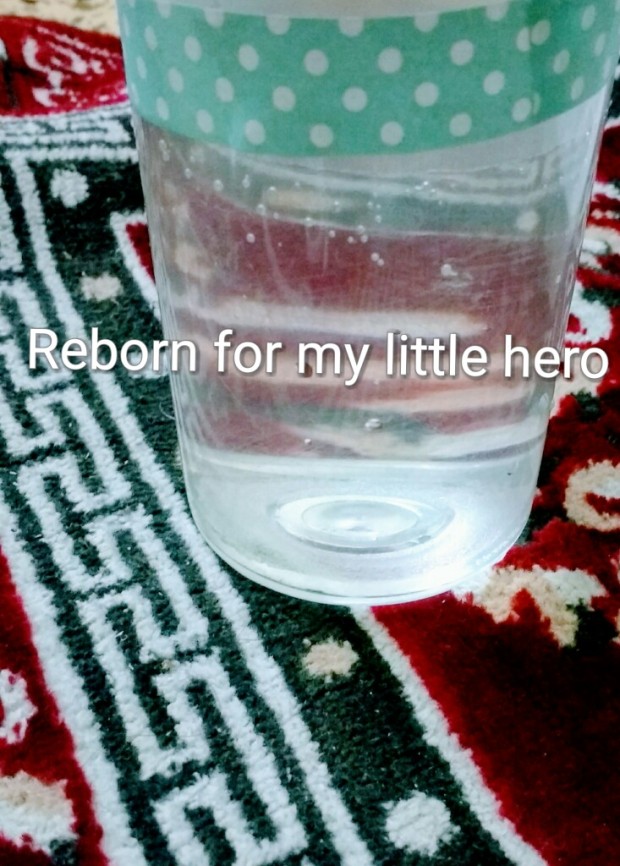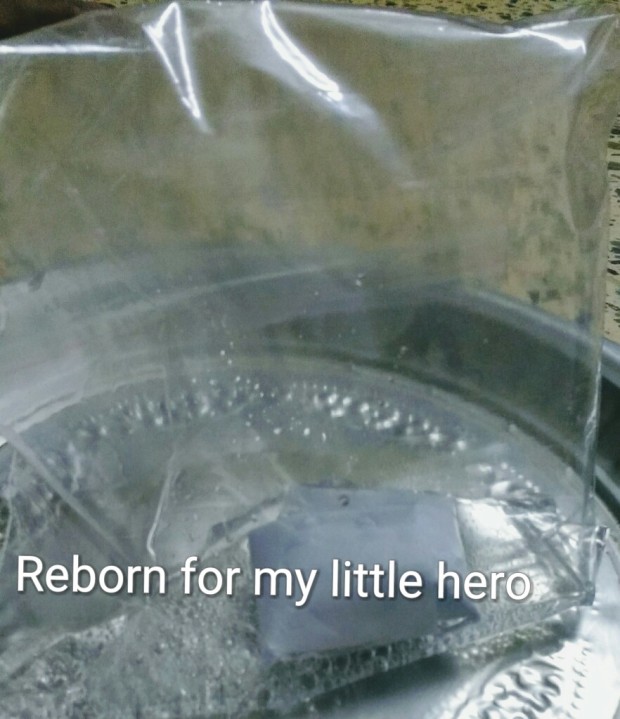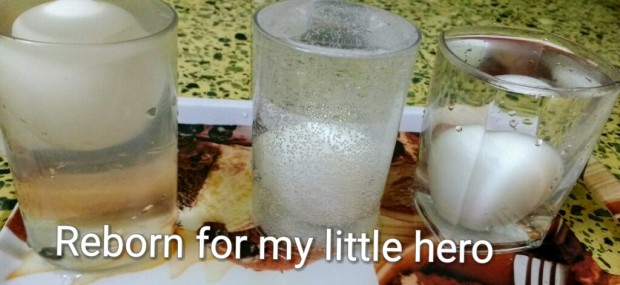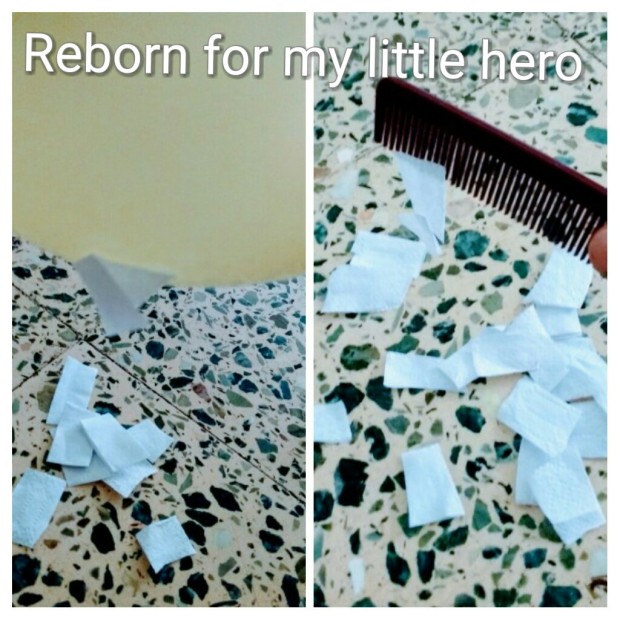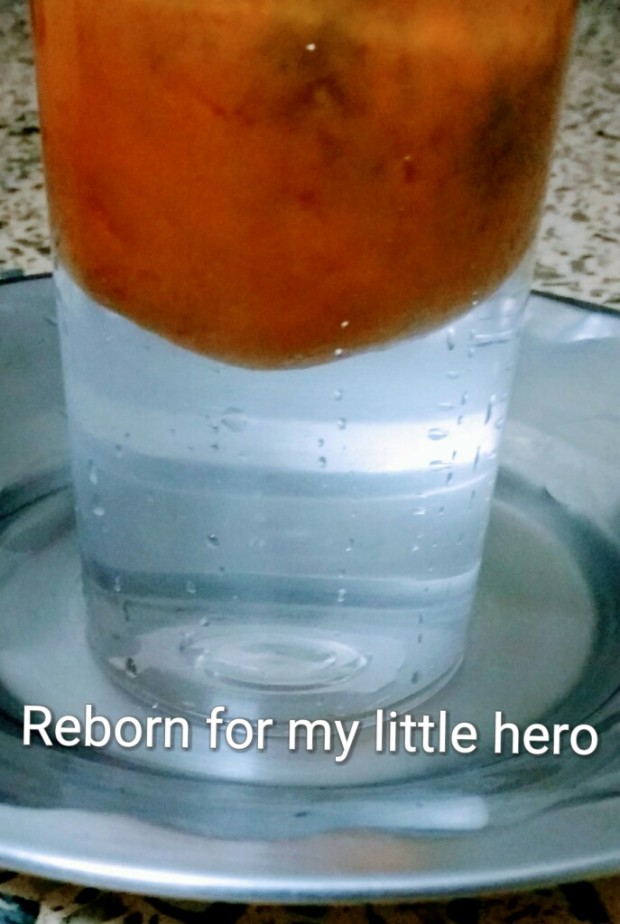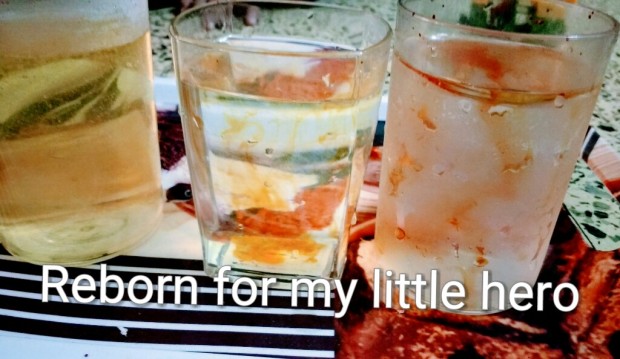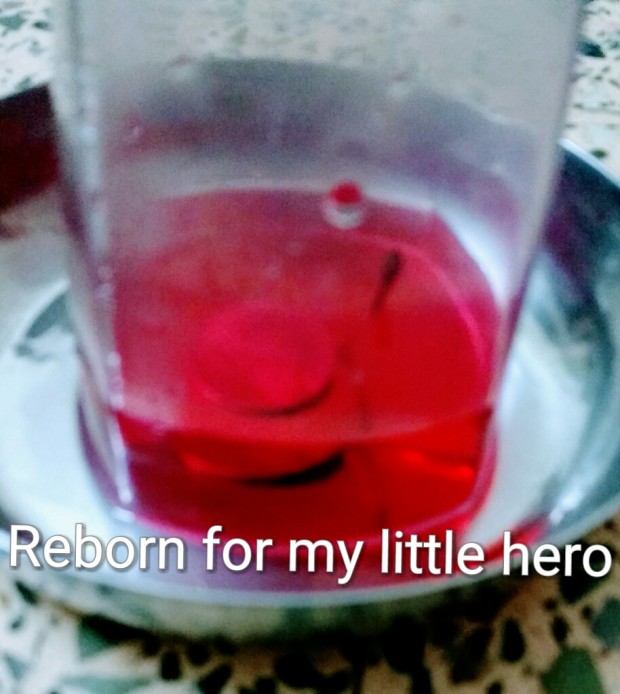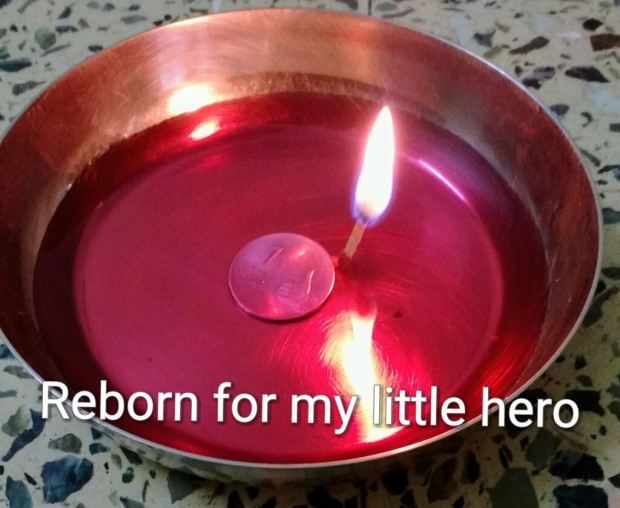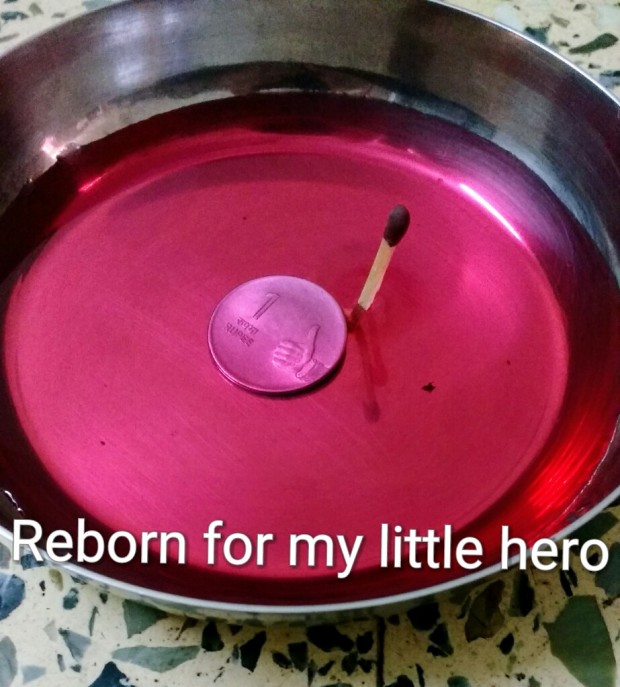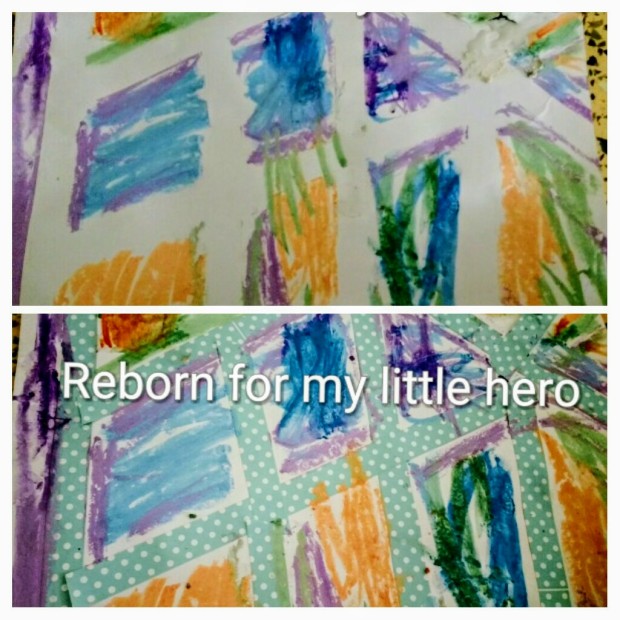We did three experiments using milk.
A.Magic milk
Take cup of milk ,pour it in plate.Add drop of food colouring of different colours in the milk.
Then dip the earbuds /qtip in to vim or vim liquid and dip it only once in center of milk.The milk will swirl and food colours will get separated and move to different sides ,leaving the space in the middle.
B.Exploding milk
Take a cup of milk and pour it in plate .First add good amount of vinegar to the milk.Then add baking soda to the milk.In few seconds,you can witness the milk exploding.
C.Milk and vinegar combination.
This idea came from our previous experiment exploding milk.We just added good amount of the vinegar to the milk and noticed that milk started curdling.After few minutes,we filtered it and took the thick texture which appeared just like curd.
After sometime,it thickened and became hard.
It was fun watching reactions of milk using vinegar,baking soda and vim.
#experiment21
